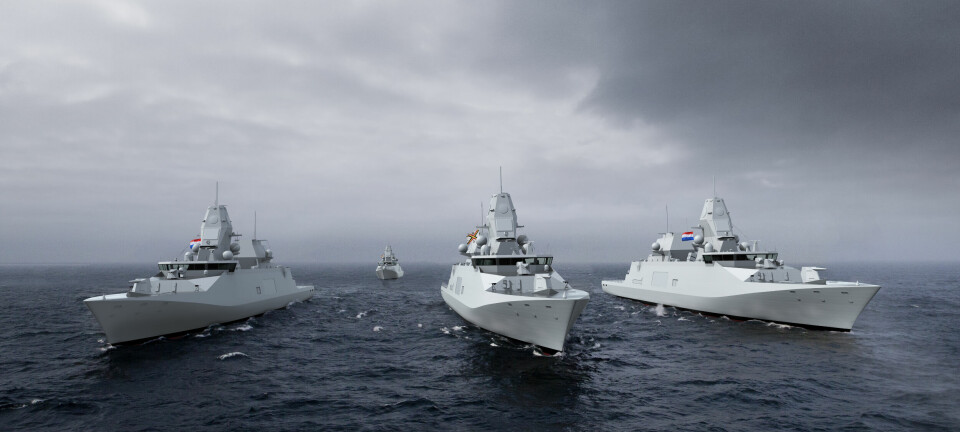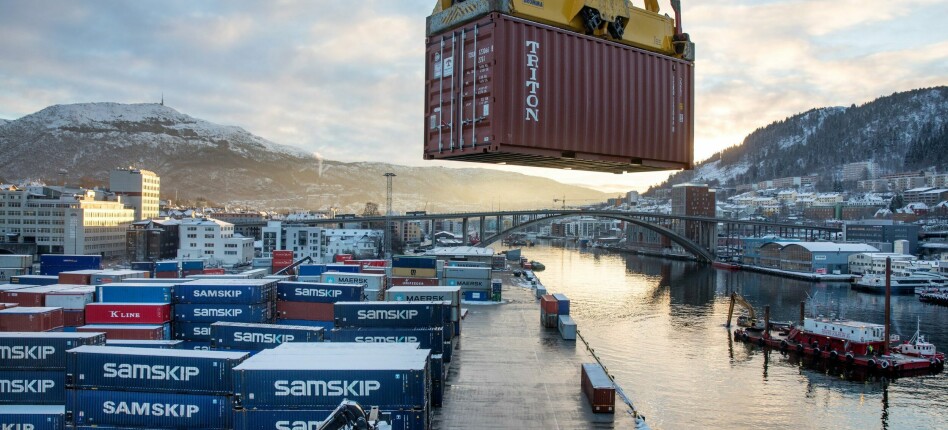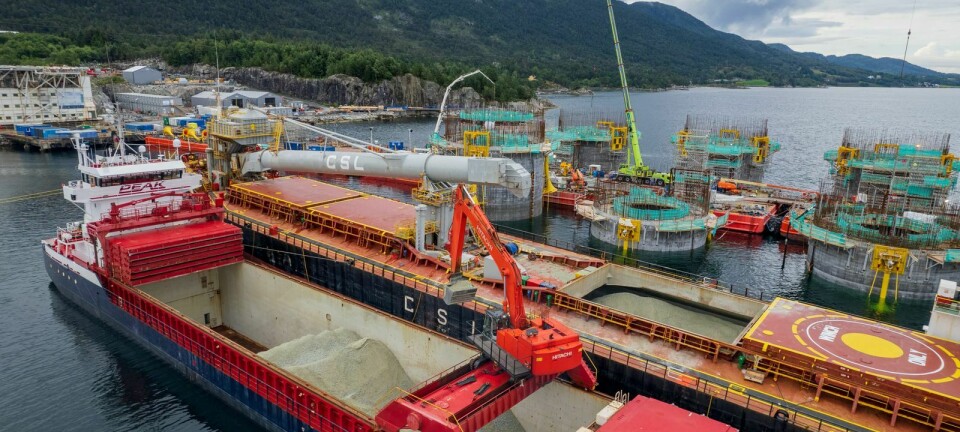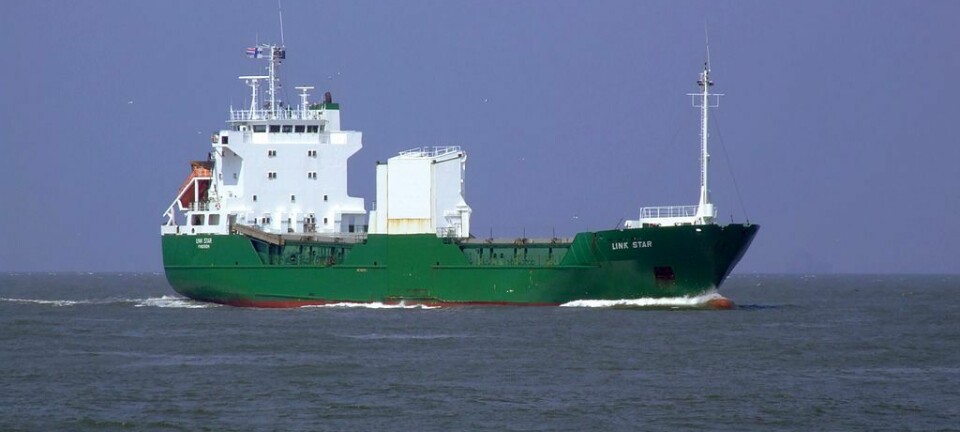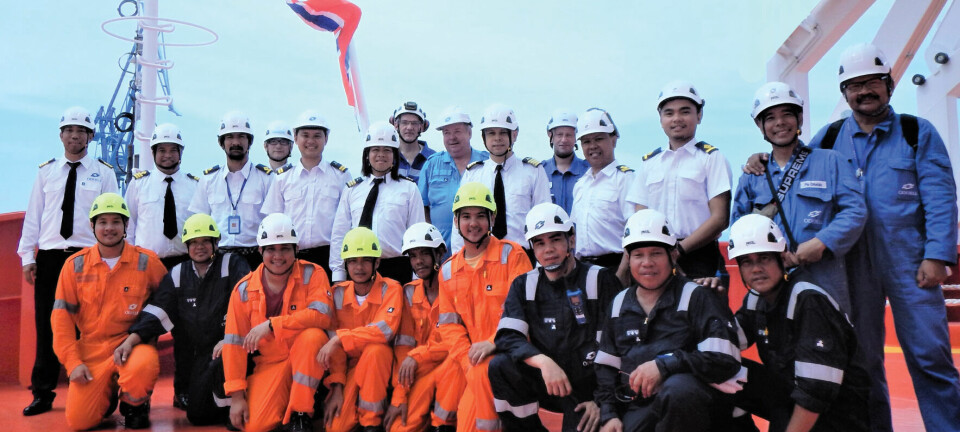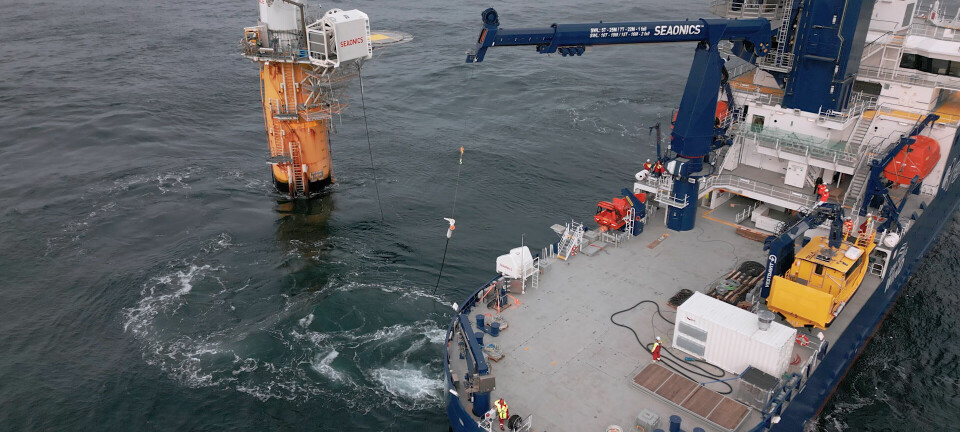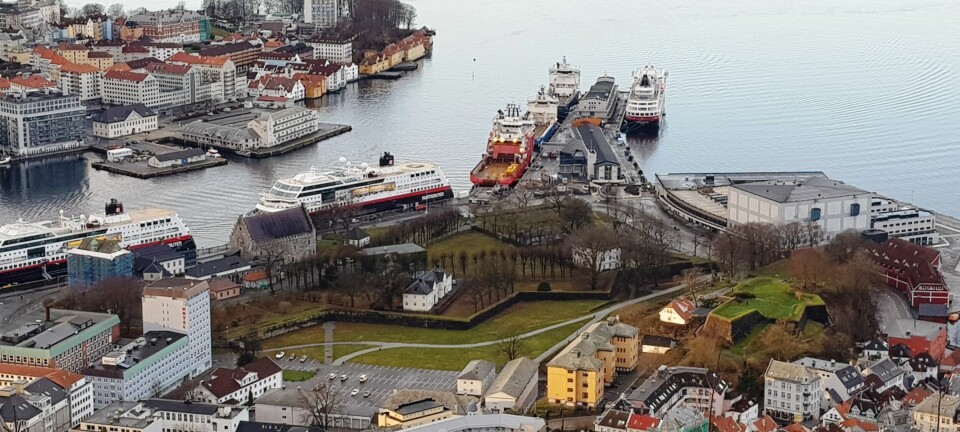
Tanker trial in Northern Sea Route
Sovcomflot intends to carry out a trial shipment of oil from the Varandey terminal in Nenets through the north coast of Siberia to Japan this summer.
Denne artikkelen er tre år eller eldre.
Lloyd’s List reports that Sovcomflot will send one of its purpose-built 70,000 dwt ice-classed shuttle tankers to Japan with oil loaded at the Varandey terminal on the Pechora Sea coast. Sovcomflot is Russia’s largest shipping company and has been shipping oil from the offshore offloading ice-resistant terminal at Varandey since 2007.
The shipment of crude oil planned for this summer will be the first ever oil tanker to sail the entire Northern Sea Route from Northwest Russia to Asia. Sovcomflot operates three special purpose built tankers for ice-covered waters for the shipment of oil from the Varandey terminal.
These tankers, built in 2007, 2008 and 2009 have the capability to break through 2.5 m thick ice without icebreaker assistance. Normally, the three shuttle tankers operated on the route to Murmansk where the oil is reloaded onto larger oil tankers and shipped to the U.S. or European market around the coast of Northern Norway.
Sovcomflot is also planning to carry out its first test shipping of LNG through the Northern Sea Route.
Last autumn two German merchant vessels belonging to the Beluga Group were the first to sail the Northern Sea Route from Asia to the outlet of the Siberia Ob River without ice-breaker assistance. (Ref. artikkel i Skipsrevyen nr. 5/2009 “Fra Kiting til Arktis”.
The Northern Sea route
is open for less than two months in the late summer when the ice is at its minimum. The period of possible sailing along Siberia’s northern coast is however increasing due to the rapid ongoing climate changes.
The offshore loading terminal at Varandey is situated 22 km offshore and the waters around is ice-covered most of the year. On January 24th this year, the terminal marked that the first 10 million tons of crude oil shipment was completed, according to the website of Sovcomflot.
Source: Sovcomflot / Russian Maritime & Offshore Newsletter
.. og fra Øst-Sibir
Russia will export East Siberian crude oil to Japan for the first time, Kyodo News International reports. The tanker, which will leave the port of Kozmino near the Russian city of Nakhodka, dock at the Keiyo Sea Berth in Tokyo Bay.
The 100,000 tons of oil, whose bid was won by trading house Mitsui & Co. from Russian oil firm TNK-BP, was purchased by Kyokuto Petroleum Industries Ltd., the Ichihara, Chiba Prefecture-based refiner jointly owned by ExxonMobil and Mitsui Oil Co.
East Siberian crude offers an advantage over a range of Middle East crude due to its lower transportation costs stemming from the geographical proximity of the Kozmino port to Japan. While Mideast oil takes two to three weeks to be delivered to Japan, the Siberian oil takes only two to three days.
If Japan can procure East Siberian crude in a stable manner in the coming years, it would enable it to diversify sources of its oil needs and save transportation costs. Japan currently depends on the Middle East for 90 percent of its oil needs. Japan has been importing some crude produced at the Russian Far Eastern island of Sakhalin.
Russia plans to export a further 300,000 tons of crude from the Kozmino port to Japan over the subsequent one month. Concerning the nature of the shipments, a source close to a major trading house said, – These transactions signify a sort of trial to check what features the East Siberian crude has.
Kozmino is the eastern end of the projected 4,800-kilometer pipeline to transport East Siberian oil to the Pacific side. Since the 2,100-km eastern half of the pipeline has not yet been laid, crude is to be transported to Kozmino by rail until 2014, when Russia says it will complete the pipeline in its entirety.
Siberian oil has been so far exported to such destinations as Hong Kong and South Korea from Kozmino, which the Russian government appears to perceive as a key export base for customers in the Asia-Pacific area.
Source: istockanalyst.com / Russian Maritime & Offshore Newsletter

